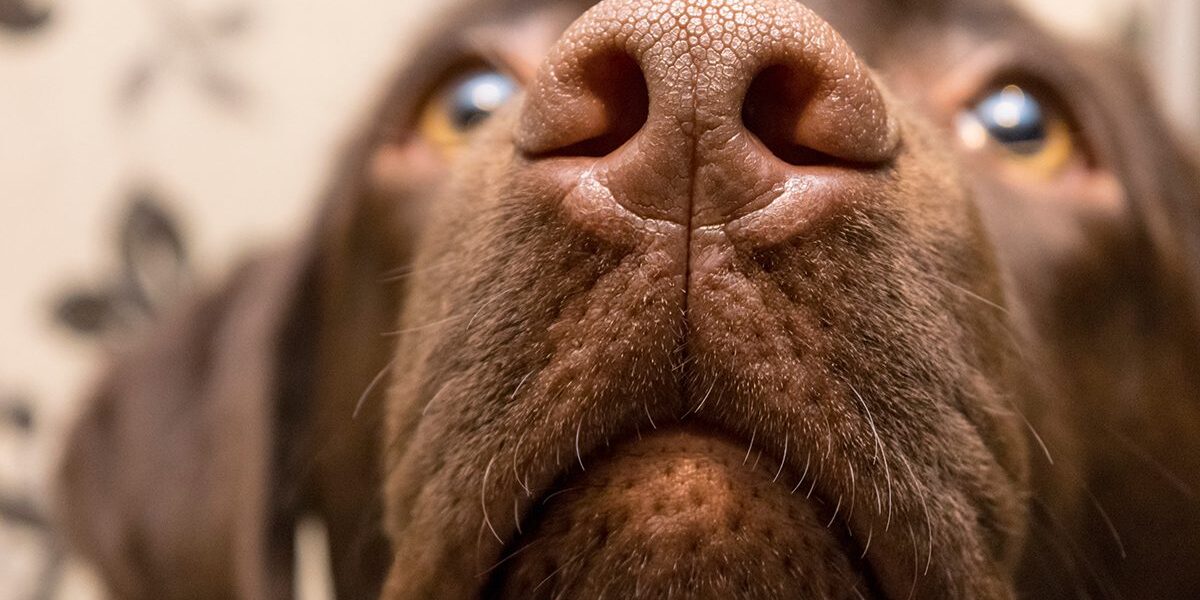
Top 10 Common Dog Questions Answered by PetMed of Key West
At PetMed of Key West Veterinary Clinic, we know dog owners are full of curiosity about their furry companions. From quirky behaviors to health concerns, every question you ask helps you better understand and care for your pet. Today, we’re tackling some of the most common dog questions we hear in the clinic — with veterinary insight to guide you.
1. Why Are Dog’s Noses Wet?
A wet nose helps dogs smell better. The thin layer of moisture traps scent particles, making it easier for your dog to detect and process smells. Dogs also lick their noses to keep them clean and moist, which is another reason they often feel damp.
2. What Does It Mean If My Dog’s Nose Is Dry?
A dry nose doesn’t always mean something is wrong. It could be due to sleeping, lying in the sun, or being in a warm room. However, if the dryness comes with cracking, bleeding, swelling, discharge, or behavior changes, it’s time to have your veterinarian check for possible health issues.
3. Are Dogs Color Blind?
Dogs don’t see the world in black and white — they see fewer colors than humans. While we have three types of color receptors, dogs have two. This means they see shades of blue and yellow best, but reds and greens appear more muted.
4. How Long Do Dogs Live?
On average, dogs live 11–14 years, but this depends on breed, size, and overall health. Small breeds often live longer than large breeds. Preventive veterinary care, good nutrition, and regular exercise all help extend your dog’s lifespan.
5. How Old Is My Dog in Human Years?
The old “one dog year equals seven human years” rule is an oversimplification. Dogs mature quickly in their first two years, and aging varies by size and breed. For example, a 1-year-old dog may be equivalent to a 15-year-old human, and a 2-year-old dog is closer to 24 human years. After that, most dogs age about 4–6 human years for each calendar year.
6. Do Dogs Dream?
Yes! If you’ve seen your dog twitch, wag, or softly bark while sleeping, they’re likely in the REM (Rapid Eye Movement) sleep stage, dreaming about their day. Just like humans, dogs process memories and experiences during sleep.
7. Why Do Dogs Bark?
Barking is one of a dog’s main communication tools. They may bark to alert you to something, express excitement, get attention, or signal distress. Breed tendencies, training, and environment all influence how much a dog barks. Many times owners can differentiate their dogs different kinds of barks – like a vocabulary!
8. Why Do Dogs Wag Their Tails?
Tail wagging is a form of body language. A happy, relaxed wag usually means your dog is friendly and excited, while a stiff, slow wag could mean they’re uncertain or feeling defensive. Context and body posture are key to understanding tail language.
9. Why Do Dogs Lick People or Other Objects?
Licking can be a sign of affection, a way to get your attention, or simply a method of exploring the world (dogs have scent and taste sensors in their mouths). Excessive licking, however, can indicate allergies, anxiety, or underlying health issues.
10. Why Do Dogs Eat Grass?
Some dogs nibble grass for fun or out of boredom, while others may do it to help settle an upset stomach. Occasional grass eating is usually harmless, but if it becomes excessive or is accompanied by vomiting, call your veterinarian to rule out health problems.
Keeping Your Dog Healthy and Happy
Understanding your dog’s behavior and health is the first step to keeping them healthy for years to come. If you ever notice sudden changes in habits, appetite, or energy, our team at PetMed of Key West is here to help.
📍 PetMed of Key West Veterinary Clinic
2262 Flint Hill Drive, Dubuque, IA 52003
📞 563-583-8387
🌐 dbqpetmed.com
